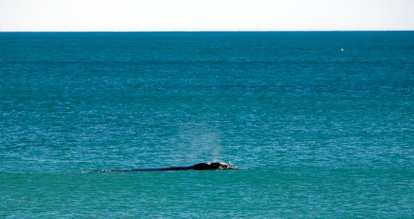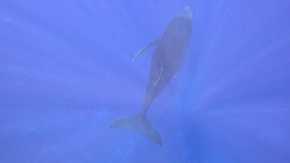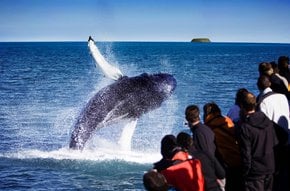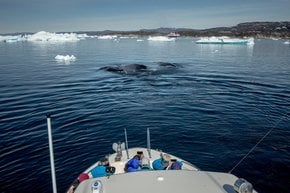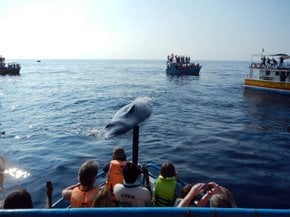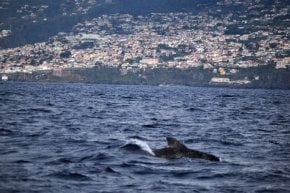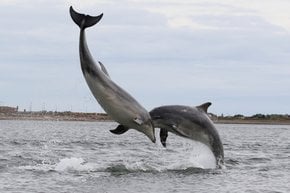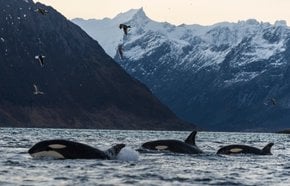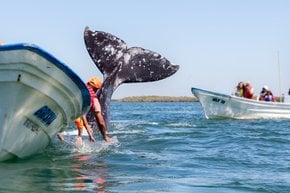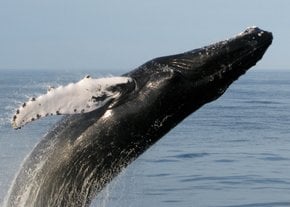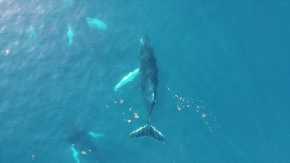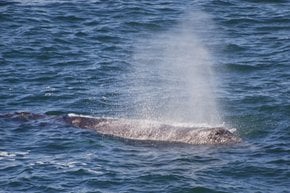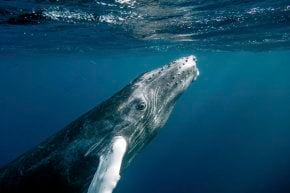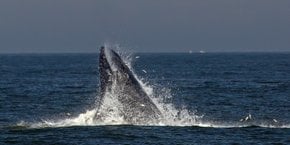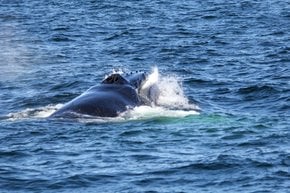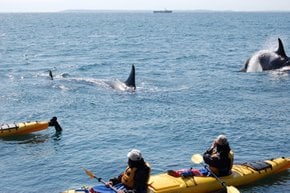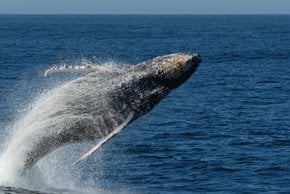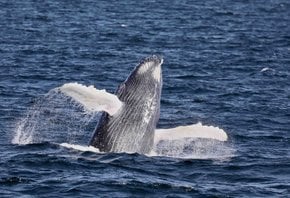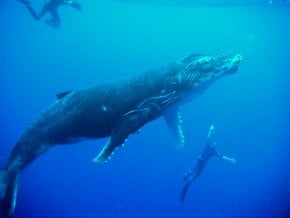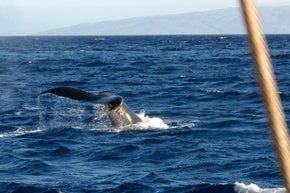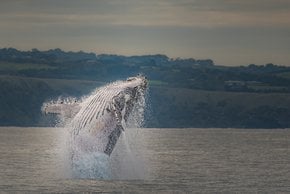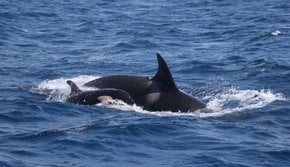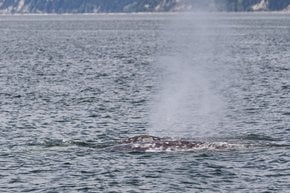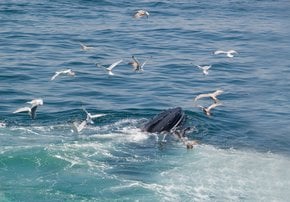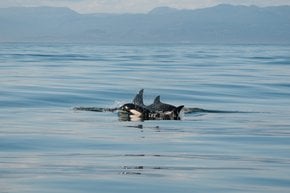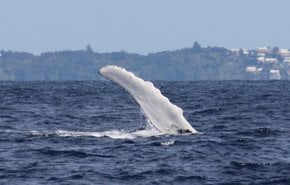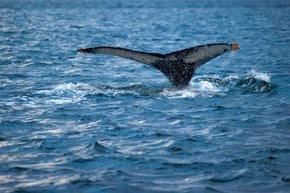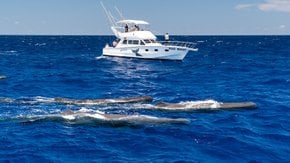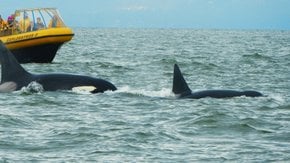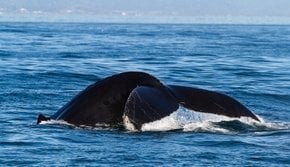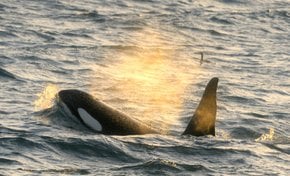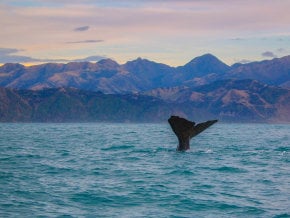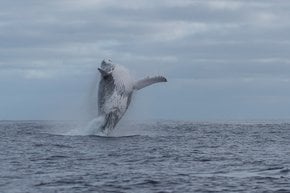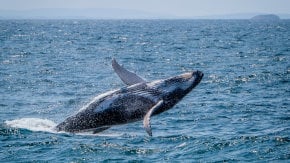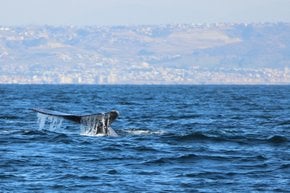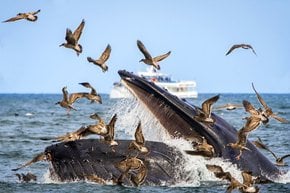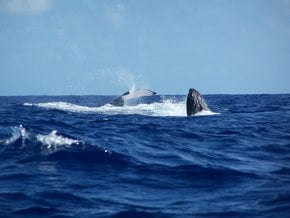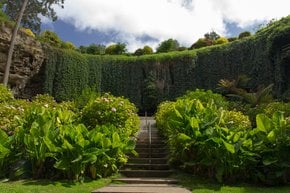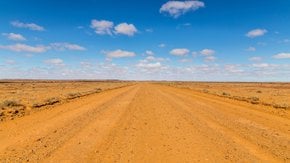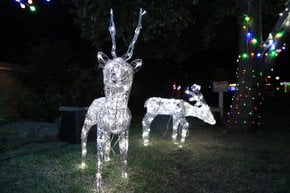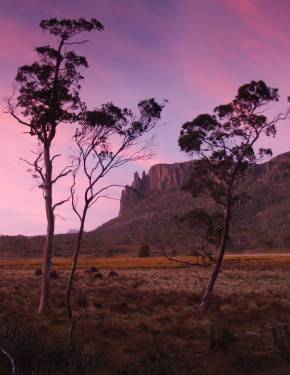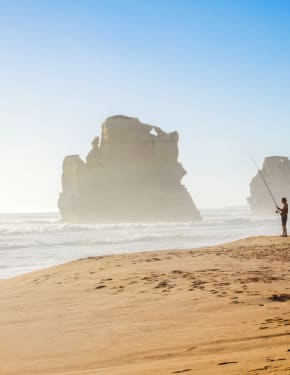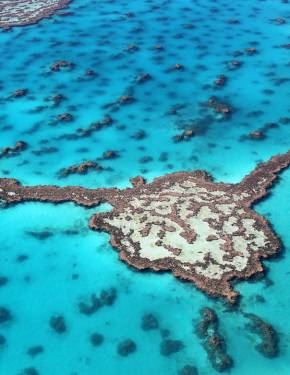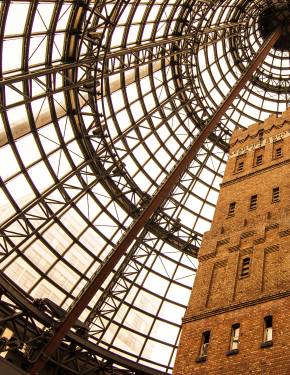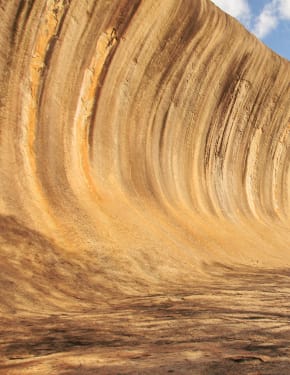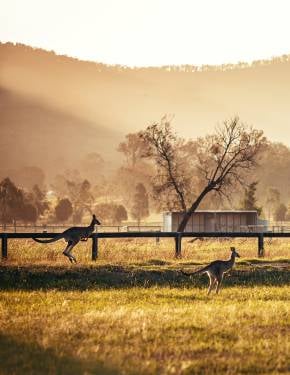Whale Watching in South Australia 2026
Witness a massive southern right whale migration
Best time: June–September
Each winter, thousands of southern right whales migrate through South Australia's scenic coastal waters, traveling from their southern feeding grounds to warmer northern areas. This annual journey creates a prime opportunity for whale-watching, as these majestic creatures pause to rest and socialize along the coast.
Whale-Watching Season
The best time to observe southern right whales in South Australia is from June through September, with peak sightings typically in July and August. Whale-watching tours and cruises operate throughout this period, and many enthusiasts start gathering on cliffs and rocks from mid-May for early sightings. This season marks the whales’ annual migration from the southern feeding grounds to warmer waters, with sightings depending on weather conditions, so it’s best to check with local operators in advance.
South Australia Whales
In South Australia, southern right whales and humpback whales are the most frequently sighted species along the coastline from May to October. While toothed whales like sperm whales, pilot whales, and orcas are present, they are usually found farther offshore. Blue whales, the largest animals on Earth, feed in upwelling zones near Kangaroo Island and along the Bonney Coast, offering a rare and magnificent sighting for those exploring South Australia’s marine life.
Top Viewing Locations
Top whale-watching spots in South Australia include the Fleurieu Peninsula (Victor Harbor), Eyre Peninsula, and Kangaroo Island (Hanson Bay Wildlife Sanctuary). Additional locations like Head of the Bight, Encounter Bay, Port Elliot, and Middleton offer excellent views of migrating whales and other marine life, including dolphins and seals. Daily tours depart from Fowlers Bay Jetty, and the Whale Centre in Victor Harbor provides extensive information on thirty whale species, enriching the experience for visitors.
Fleurieu Peninsula (Victor Harbor)
Victor Harbor, just an hour from Adelaide, is a prime location for spotting marine life, particularly during the Southern Right Whale migration from July to September. This area, part of the Southern Fleurieu Peninsula, is recognized as a Southern Right Whale Aggregation Area, attracting these whales along with occasional sightings of humpbacks. Visitors can view whales, seals, dolphins, and sea lions from popular spots like The Bluff at Rosetta Head, Encounter Bay, Port Elliot, and Middleton. Nearby Basham’s Beach is especially known for close-up sightings of female whales and their calves.
South Australian Whale Centre
Located in the Historic Railway Goods Shed in central Victor Harbor, the South Australian Whale Centre is a comprehensive resource for those planning whale-watching tours. It features interactive displays, multimedia exhibits, and a collection of whale bones to educate visitors on whale migration patterns and the history of Southern right whales. The center also offers practical information, including answers to frequently asked questions about whale watching, guidance for a comfortable experience, and recommendations for reliable tour operators.
Eyre Peninsula
The Eyre Peninsula offers a truly unique whale-watching experience accessible via a 90-minute flight from Adelaide to Ceduna. From there, EP Cruises in Fowlers Bay, located less than two hours from Ceduna, provides a chance to encounter southern right whales up close. At sunrise or sunset, you can embark on a guided kayak tour, navigating the beautiful bay waters with an expert who knows the area well. Kayakers often spot these majestic creatures gliding nearby, offering an unforgettable way to witness the natural beauty of the Eyre Peninsula.
Kangaroo Island
From May to October, Kangaroo Island’s waters are a hotspot for whale sightings, as southern right whales join the local marine life during their annual migration. For an unforgettable experience, Kangaroo Island Ocean Safari offers a 75-minute wildlife tour to explore Dolphin Cove, Kangaroo Head, and Snapper Point. Aboard a 12-passenger Gemini Waverider, visitors can enjoy close-up views of whales against the stunning coastline and spot dolphins, seals, and seabirds along the way. Whale-watching opportunities extend to land as well, with top vantage points around Penneshaw and Kingscote offering great sightings of these magnificent animals.
Head of the Bight
About 12 hours by car from Adelaide, the Head of the Bight offers stunning land-based whale-watching views from its high cliff-line. The Head of Bight Whale Watching Centre, situated within the Yalata Indigenous Protected Area, lies roughly 20 km southeast of the Nullarbor Roadhouse and provides educational information on whale species, their behaviors, and feeding habits. The center is equipped with amenities such as lunch facilities and restrooms. Visitors can enjoy the wheelchair-accessible boardwalk leading safely to the shore, overlooking the Far West Coast Marine Park and linking to the Great Australian Bight Marine Park offshore. August is peak season, with up to 300 southern right whales, including calves, visible in some years and about 160 in quieter seasons.
Whale-Watching Tours
Whale-watching tours in South Australia typically range in duration from about 45 minutes to several hours, depending on the specific trip and location. Prices for these tours generally start around $65 for shorter excursions, like the Seal Island Tour from Victor Harbor, and can go up to $120 for longer experiences, such as the 2.5-hour cruises from Fowlers Bay.
Other Marine Animals
While whale watching in South Australia, visitors can expect to see a variety of marine life alongside Southern right whales. Humpback whales, bottlenose dolphins, common dolphins, seals, sea lions, sea eagles, albatross, and little penguins are commonly spotted during tours. In locations like Middleton, guests may also encounter friendly seals and various seabird species, including orcas and smaller penguins. Kangaroo Island is particularly notable for its diverse marine species, such as the Australian sea lion and the New Zealand fur seal, making it a prime destination for wildlife enthusiasts.
Whale-Watching Tips
For the best whale-watching experience in South Australia, aim for clear weather and calm seas, with morning tours generally offering smoother conditions and better visibility. Choosing a seat at the bow of the boat can enhance your chances of spotting whales. If you're prone to motion sickness, opt for larger, more stable vessels, as smaller boats may not be ideal for young children or pregnant women due to their limited stability.
What to Wear
For an enjoyable whale-watching experience, bring binoculars and a camera with a telephoto lens for spotting sea mammals. Extra batteries are a must and consider using a waterproof sleeve for your devices to protect them from splashes, especially on smaller boats like Zodiacs. While larger vessels often provide food and beverages, smaller boats may only offer water.
Photography Tips
Taking a great whale photo requires patience and quick reflexes. Watch for signs like diving birds, which often signal feeding whales. Focus on areas with bird activity, as the whale may surface suddenly. For shots of breaching or tail flukes, look for a whale arching its back—this usually means it's about to dive. Breaching is harder to predict, but if it happens once, it might happen again. Use a wide-angle lens for ocean scenery and a shorter lens for action shots, as it's easier to track the whale.

